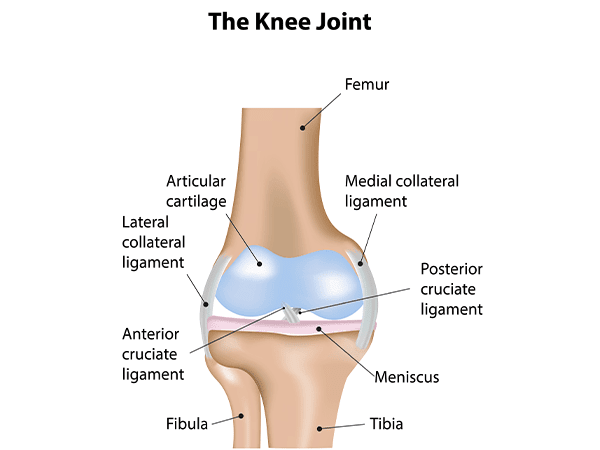What is Corticosteroid Injections?
A cortisone injection, also known as a corticosteroid injection, is a type of injection that uses a corticosteroid medication to reduce inflammation and pain in a specific area of the body. Corticosteroids are a type of steroid that are naturally produced by the adrenal glands. They have anti-inflammatory and immune-suppressing effects, which can help to reduce pain and inflammation in conditions such as arthritis, bursitis, tendonitis, and other musculoskeletal disorders.
Cortisone injections are typically administered by a healthcare professional, such as a doctor or nurse, into the affected area. The injection may be done with or without local anaesthetic, depending on the patient’s comfort level. Cortisone injections can be very effective in reducing pain and inflammation, and they can provide relief for a period of weeks or months. However, they are not a permanent solution, and they may need to be repeated periodically.
Cortisone injections can also have some side effects, such as bruising, swelling, and a temporary increase in pain at the injection site. In rare cases, cortisone injections can also cause more serious side effects, such as infection, tendon rupture, and bone loss.
If you are considering a cortisone injection, it is important to talk to your doctor about the risks and benefits of this treatment. Cortisone injections can be a safe and effective way to reduce pain and inflammation, but it is important to be aware of the potential side effects.
Here are some of the conditions that can be treated with cortisone injections:
Arthritis
Bursitis
Tendinitis
Plantar fasciitis
Epicondylitis (tennis elbow or golfer’s elbow)
Sciatica
Shingles
Inflammatory bowel disease
Multiple sclerosis
Asthma
Allergies
Cortisone injections are not recommended for everyone. People who have certain medical conditions, such as diabetes, high blood pressure, or osteoporosis, should not receive cortisone injections without first talking to their doctor. Cortisone injections should also be avoided during pregnancy and breastfeeding.

The Most Common Approaches Are :
There are several different approaches to corticosteroid injections, depending on the area of the body being treated. Some common approaches include:
Intra-articular injection: This type of injection is given directly into a joint. It is commonly used to treat arthritis, tendonitis, and bursitis.
Intramuscular injection: This type of injection is given into a muscle. It is commonly used to treat pain in the back, neck, and shoulders.
Epidural injection: This type of injection is given into the epidural space, which is located between the spinal cord and the bone. It is commonly used to treat pain in the back and neck.
Tendon sheath injection: This type of injection is given into the sheath that surrounds a tendon. It is commonly used to treat tendonitis.
Corticosteroid injections are generally safe and effective. However, there are some risks associated with the procedure, including:
Infection: This is a rare risk, but it is important to be aware of it.
Adrenal suppression: This is a condition in which the body’s natural production of steroids is decreased. This can happen if too many steroid injections are given over a short period of time.
Muscle weakness: This is a rare side effect, but it can occur if the injection is given into a muscle.
If you are considering corticosteroid injections, it is important to talk to your doctor about the risks and benefits of the procedure.
